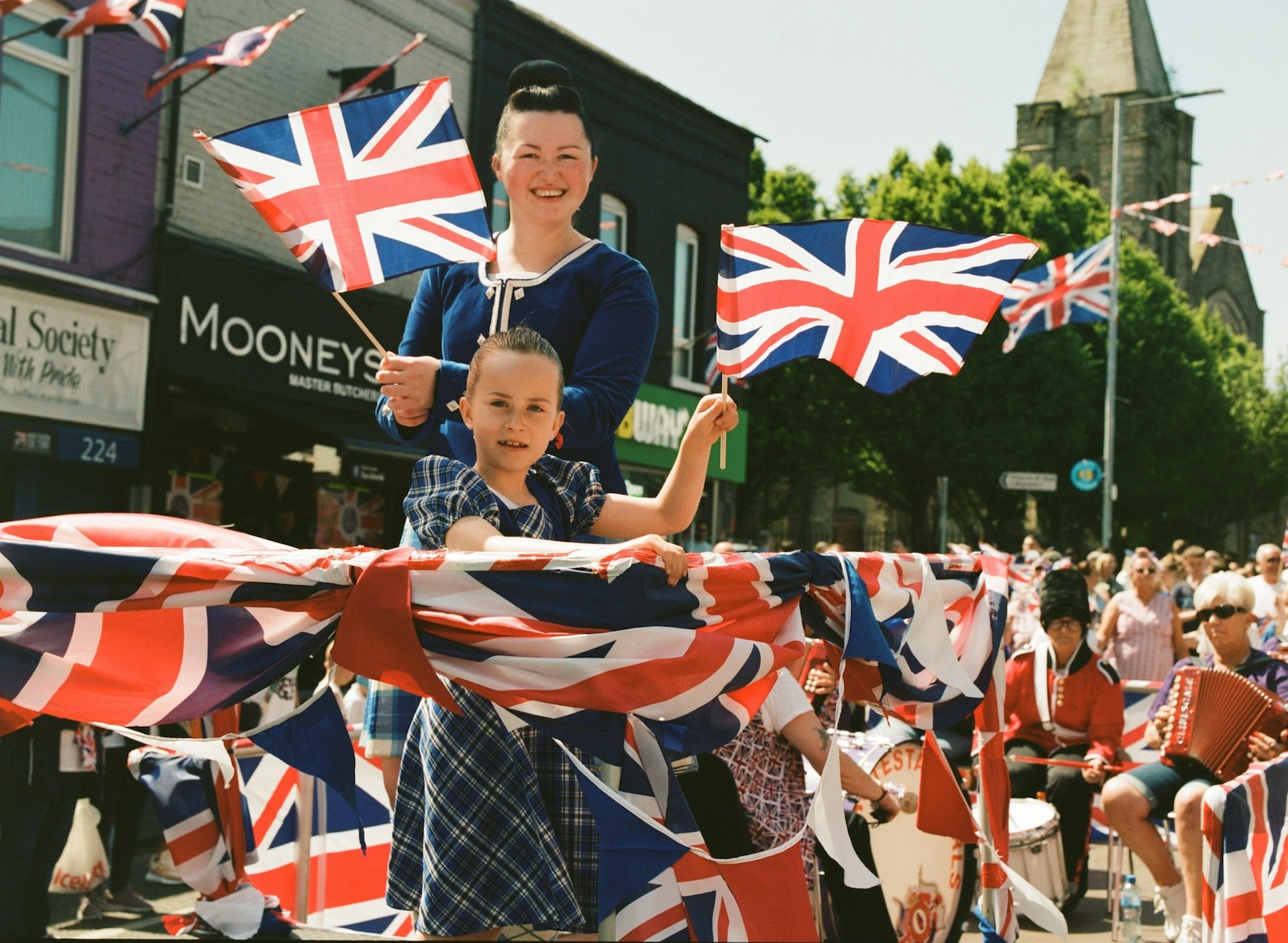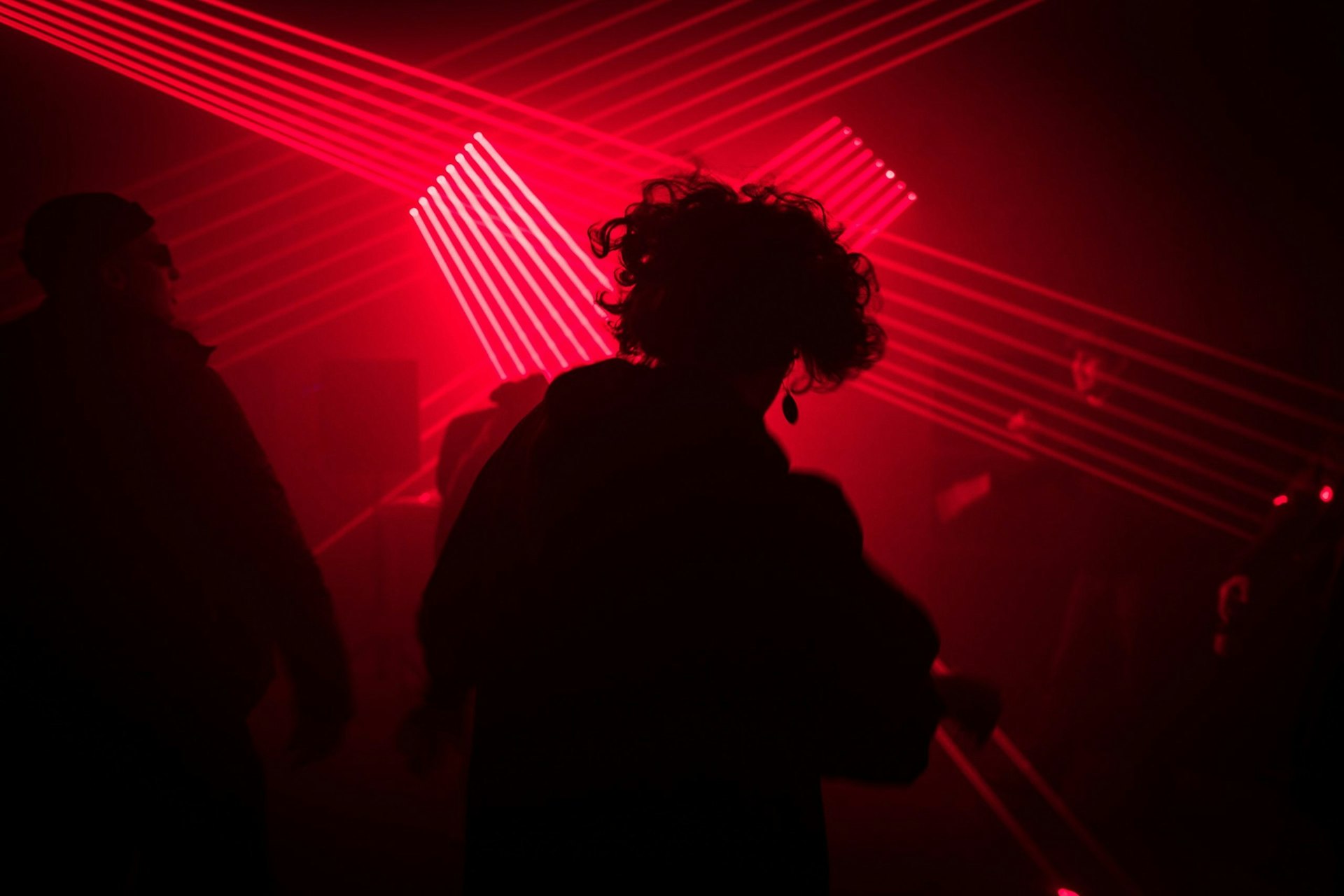
Young Ukrainians are fighting for the future they’ve built
- Text by Alex King
- Photography by Nicola Zolin
A version of this story appears in Huck Issue 77. Get your copy now, or subscribe to make sure you never miss another issue.
It’s a bone-chilling night in Kyiv, towards the end of October 2021. We’re huddled around an electric heater under a small marquee in the courtyard of an old Soviet beer factory, waiting for a Telegram chatbot to tell us if our Covid tests are negative and that we can go inside. “The first time I came here, I was amazed by how everybody looks, dresses and thinks so differently,” explains Yevhen Trachuk, an artist and co-organiser at Kyiv Pride, while we wait to kill time. “You can be whoever you want to be, there’s no need to be ashamed.”
A club and creative hub, K41 is at the vanguard of Kyiv’s queer-friendly nightlife scene and rumoured to have been founded by those responsible for Berlin’s Berghain – which, like most clubs around the world, will remain closed for another four months. Tonight, K41 feels like the centre of the club-culture universe. The techno is as hard and unrelenting as can be. However, the overall atmosphere is warm, almost zen. K41 is a state-of-art club experience, where none of the grit of the cavernous industrial space has been lost, but using the cloakroom or toilets feels like a five-star hotel. Wearing ornate creations, fetish gear or nothing at all, beautiful people of all nationalities, gender presentations and sexual orientations sway together amid the strobe lighting, smoke machines and palpable sense of liberation.
 Three decades after the peaceful Revolution on Granite helped lead to independence for Ukraine in 1991, young Ukrainians are still fighting fearlessly for dignity and tolerance – a hopeful, democratic future for one of Europe’s youngest states. Beginning in 2013, Kyiv caught the world’s imagination as protestors occupied Maidan Square for months. Known in Ukraine as the Revolution of Dignity, the movement succeeded in ousting the corrupt, Russian-backed president Viktor Yanukovych, following a series of clashes that saw over 100 killed.
Three decades after the peaceful Revolution on Granite helped lead to independence for Ukraine in 1991, young Ukrainians are still fighting fearlessly for dignity and tolerance – a hopeful, democratic future for one of Europe’s youngest states. Beginning in 2013, Kyiv caught the world’s imagination as protestors occupied Maidan Square for months. Known in Ukraine as the Revolution of Dignity, the movement succeeded in ousting the corrupt, Russian-backed president Viktor Yanukovych, following a series of clashes that saw over 100 killed.
Almost 10 years later, passionate young Ukrainians remain fuelled by a hunger for change. A post-revolutionary energy is still burning brightly: it can be felt in the freedom and self-expression in Kyiv’s interlocking techno, art and activism scenes, whose promise has lured people from across Europe and further afield. Yet, behind the hedonism, Kyiv’s artists and human rights activists have been waging a battle for survival and acceptance in the face of far-right attacks, police brutality and the threat of Russian invasion – which, on 24 February, 2022, became earth-shatteringly real, as cruise missiles began raining down on the city at 5am.
 This was meant to be a story about triumph: the battle for a more inclusive Ukraine, which was slowly being won. But now Russia’s invasion threatens to raze all of those achievements to the ground. Ukraine’s heroic resistance against an overwhelmingly more powerful oppressor has shocked outside observers. But for anyone who has stepped foot in Kyiv in recent years, it comes as no surprise: Ukrainians have been fighting for freedom and a positive future, through acts of defiance big and small, for generations.
This was meant to be a story about triumph: the battle for a more inclusive Ukraine, which was slowly being won. But now Russia’s invasion threatens to raze all of those achievements to the ground. Ukraine’s heroic resistance against an overwhelmingly more powerful oppressor has shocked outside observers. But for anyone who has stepped foot in Kyiv in recent years, it comes as no surprise: Ukrainians have been fighting for freedom and a positive future, through acts of defiance big and small, for generations.
This is a story of resistance that unfolds across a wide range of battlegrounds: from Maidan Square, to the conflict in Donbas with Russia-backed separatists, to the techno clubs of Kyiv. To understand where this all begins, we have to go back to early 2014, after the victory of the Revolution of Dignity.
1
The sense of jubilation following the expulsion of Yanukovych was short-lived. Russian troops without insignia – known as ‘the little green men’ – landed in Crimea and seized the peninsula. Pro-Russian separatists backed by Russia’s military took up arms in the Donbas and declared their desire to break away from ‘fascist’ Ukraine. Yet, with a political vacuum in Kyiv, and after decades of corruption and mismanagement, the Ukrainian military was barely functional. Instead, volunteers, including many veterans of the Maidan uprising, went east to defend their country. This improvised force managed to contain the separatists until the army gradually took over the bulk of the fighting.
Yevhen Trachuk’s hometown in the Donbas was occupied by pro-Russia separatists for six months in 2014 before it was recaptured by the Ukrainian army. But after experiencing war and occupation, seeing the social transformation that was occurring throughout Ukraine gave him the confidence to come out. He founded his own LGBTQ+ students organisa- tion in 2019, which led to him putting on workshops at the university, screening movies and holding lectures about the queer community in Ukraine – with support from Kyiv Pride, where Yevhen began volunteer- ing in 2019.
But while social attitudes have been shifting rapidly across Ukraine, things have changed more slowly in the poorer and more socially con- servative east. People affiliated with Yevhen’s organisation were intimidated and harassed on and offline. After Yevhen was attacked, he decided it was time to relocate to Kyiv in December 2020, where he joined the coordination team for Kyiv Pride.
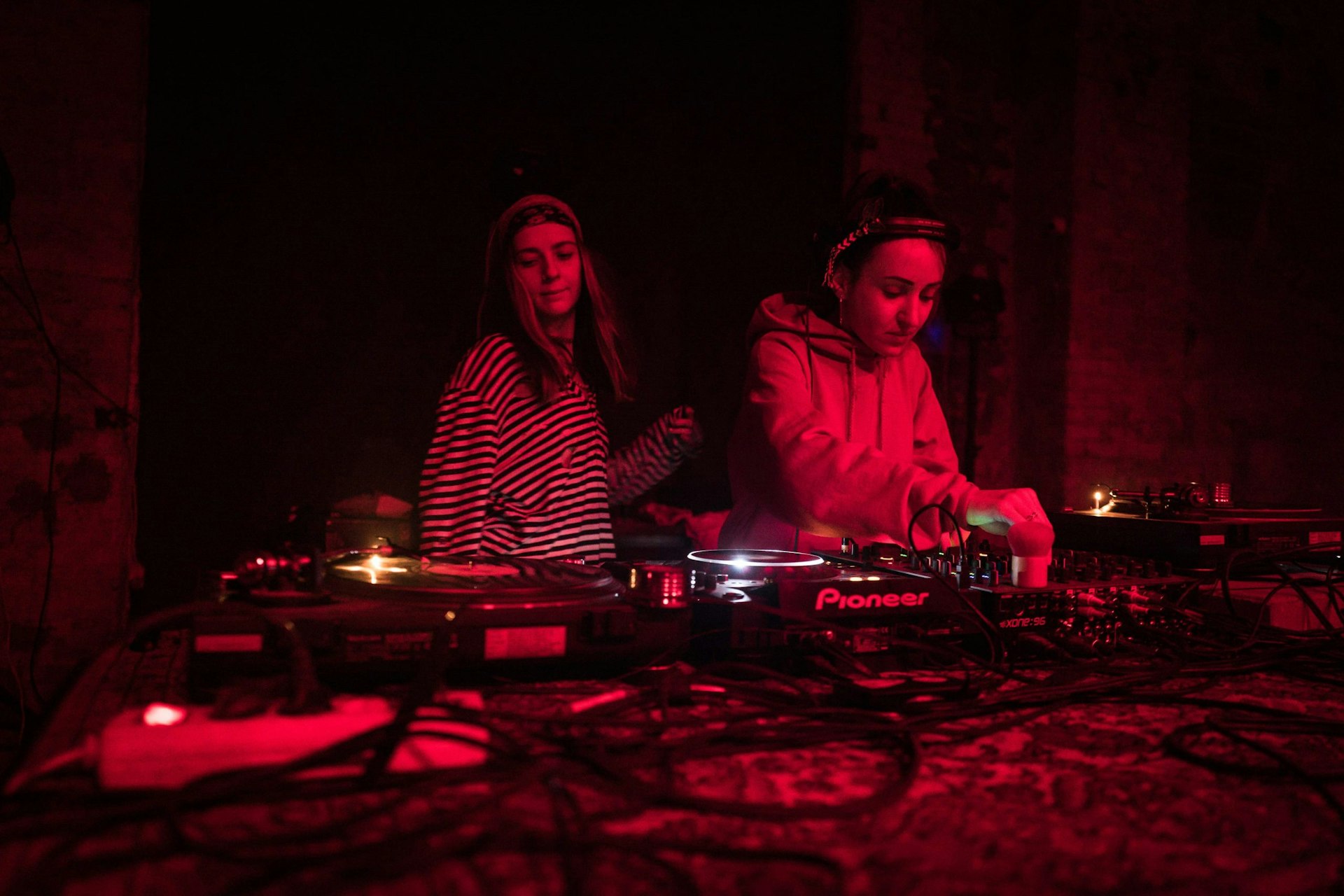 Yevhen is also an artist who makes paintings, collages, digital artwork and his own fashion under the name Zhenya Tramvay. Podil, close to where Yevhen lives, is a historic neighbourhood on Kyiv’s west bank, and one of the best places to experience the new Ukraine: think Brooklyn-on-the-Dnieper. It’s a mixture of coffee shops, boutiques and independent galleries packed into old brick buildings, with a smattering of clubs, bars and creative spaces in the old Soviet-era warehouses. Podil is supposed to be a gay-friendly neighbourhood, although in practice queer people are still at risk of attack and harassment from both the police and the far-right.
Yevhen is also an artist who makes paintings, collages, digital artwork and his own fashion under the name Zhenya Tramvay. Podil, close to where Yevhen lives, is a historic neighbourhood on Kyiv’s west bank, and one of the best places to experience the new Ukraine: think Brooklyn-on-the-Dnieper. It’s a mixture of coffee shops, boutiques and independent galleries packed into old brick buildings, with a smattering of clubs, bars and creative spaces in the old Soviet-era warehouses. Podil is supposed to be a gay-friendly neighbourhood, although in practice queer people are still at risk of attack and harassment from both the police and the far-right.
“The first unsuccessful attempts to hold a Pride march in Kyiv were made from 2012,” Yevhen explains. “It finally took place in 2015 but got kinda bloody: right-wing counter-protestors outnumbered the few hundred attendees. [The 2021 edition] was one of the biggest and safest yet – around 8,000 people attended, who outnumbered just a few hundred far-right.”
Yevhen has been exploring his own identity in clubs such as K41, with his experiences filtering back into his own work. But from its earliest days, club culture, politics, art and activism have been intimately connected in Kyiv.
“The rave scene in Ukraine began as a reaction to Maidan,” Yevhen explains. “Rave gave people an escape from the pain and problems that [they] experienced. Back then, it was all underground and illegal but it set a trend and spawned new raves and parties. But as the human rights and LGBTQ+ movements have developed, the scene has become more and more conscious. Clubs and DJs often collaborate with human rights initiatives and hold lectures and workshops alongside the parties.”
One example of this entanglement – between culture and activism – is Reyvakh Pride, a raucous outdoor rave intended to cement Kyiv’s techno and queer scenes together. The most recent instalment took place in July 2021, outside the Presidential Palace. But it almost never happened: for five hours, there was a three-way standoff between police, queer activists and the far-right, who attacked and attempted to block the event going ahead.
“The police were incredibly gentle with the far-right and after five hours it was clear that dialogue wasn’t going to work, so eventually we had to convince the police to push them back,” remembers Sofiia Lapina. “The idea behind Reyvakh Pride was to engage young queer people who are involved in nightlife, have strong values and energy, but aren’t explicitly political. This was an opportunity to pressure politicians on issues such as hate crime and police brutality against the techno scene, but in a format where people can be themselves and feel comfortable.”
Sofiia used to work at Kyiv Pride but left to found UKRAINEPRIDE, which is more focussed on underground art and culture. Holding an event as audacious as Reyvakh Pride would not have been possible a few years ago. But while its mere existence is an important indication of shifting social attitudes, there remain huge challenges to overcome in expanding rights and support for the queer community and beating back the threat of Ukraine’s far-right – challenges that queer activists worldwide share.
Podil is home to a constellation of clubs. Over the years, it has emerged as a battleground between the police and the far-right on one side, and the overlapping queer and techno communities on the other. Police often arrest and harass partygoers to solicit bribes. In May 2021, Podil’s clubs were raided by riot police, assisted by far-right militants. Police took money and equipment; they intimidated clubbers and venue owners. In response, anti-police brutality demonstrations united Podil’s diverse communities in resistance.
When Sofiia and I next talk, towards the end of 2021, she has to cut the conversation short. Podil’s clubs and queer community are being attacked once again by a far-right group called Catharsis, which describes itself as a ‘Union Of Cultural Conservatives’. But Sofiia claims it is funded by Moscow for propaganda purposes. Catharsis accuses local clubs, including K41, of selling drugs. “We want the dens to cease to exist and Podil to become a clean, European zone, without drugs and the danger they pose,” they stated. “There will be many of us, there will be surprises.” Sofiia disappears in a hurry, onto the streets to ensure the queer community is safe from violence. We say we’ll finish the interview soon.
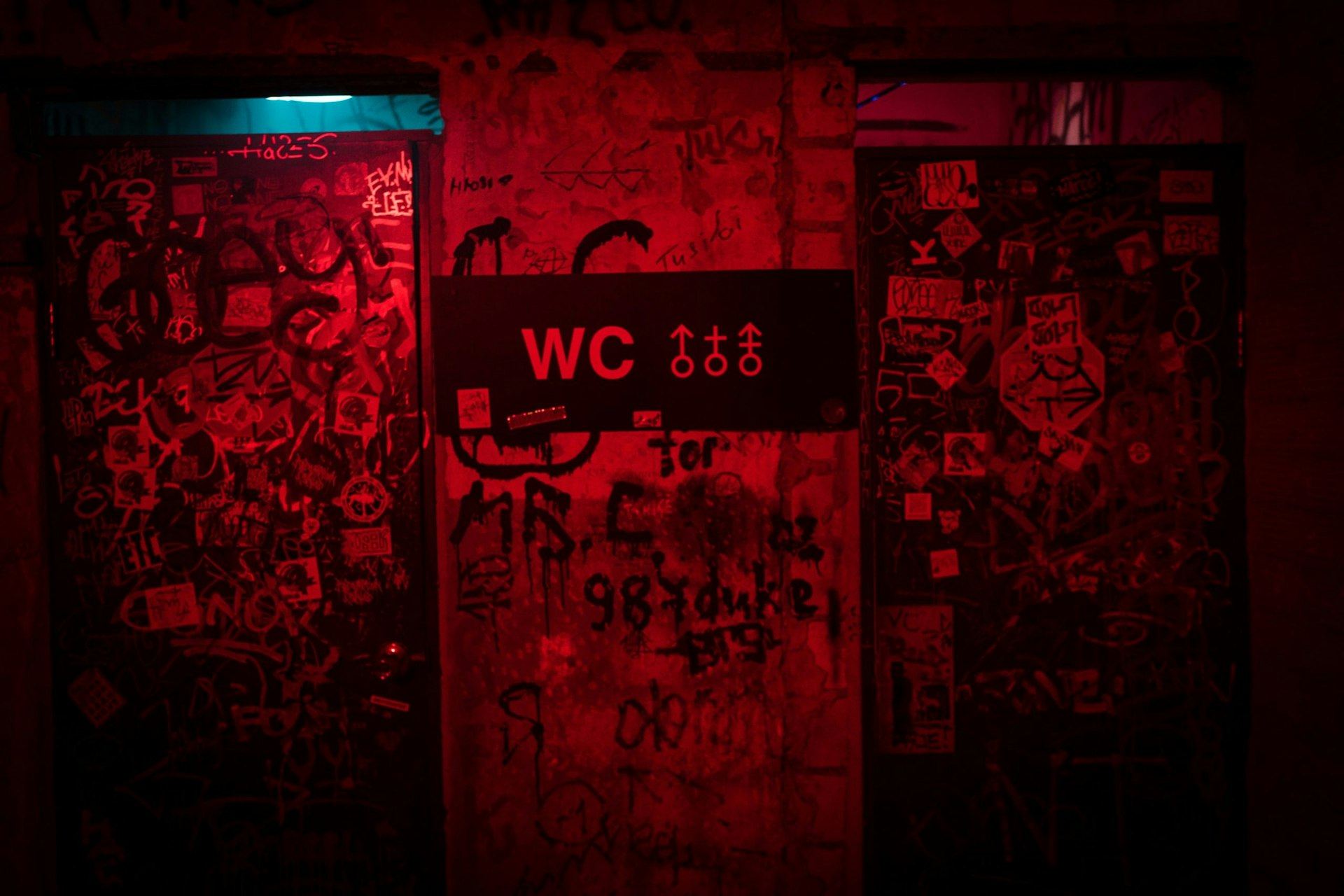 But next time we speak, in late February 2022, Sofiia is frantically organising fundraising and the distribution of supplies such as helmets, body armour and medicines, to support LGBTQ+ troops fighting on the frontlines to repel the Russian invasion. “I’m a human rights defender, so I’m just doing my job: that’s my mission – to help people and to protect our democracy,” Sofiia says.
But next time we speak, in late February 2022, Sofiia is frantically organising fundraising and the distribution of supplies such as helmets, body armour and medicines, to support LGBTQ+ troops fighting on the frontlines to repel the Russian invasion. “I’m a human rights defender, so I’m just doing my job: that’s my mission – to help people and to protect our democracy,” Sofiia says.
“UKRAINEPRIDE is a pro-patriotic queer movement and the whole team remains in Ukraine during these dangerous times. We participated in the Revolution of Dignity side-by- side with members of LGBTQ Military – about 150 of whom are now fighting on the frontlines. We have mobilised and are coordinating our community to join military operations, resistance movements, local self-defence, volunteering and other activities until we win. It’s in our Ukrainian mentality: we defend and nurture our cultural identity so we can share it with our counterparts. From different countries, ethnicities, skin colours or religions – the whole world.”
2
As a young student, Viktor Pylypenko participated in the 2004 Orange Revolution, whose goals were ultimately derailed through political manipulation by Russia-backed oligarchs. A decade later, when the Revolution of Dignity began, Viktor was working for an Irish company in Dubai, where he had his first gay relationship in strict secrecy. In 2014, after the Crimea invasion, Viktor realised he and his Russian partner could no longer be together in either of their homelands. Viktor returned home, alone, and volunteered as a paramedic and grenade-launcher operator with the Donbas Battalion soon after it was founded in Spring 2014.
“The US only lifted its ‘Don’t ask, don’t tell’ policy on gay people serving in the military in 2011 but it has been legal in Ukraine since 1992,” Viktor explains. “On paper, we are a very progressive – even ideal – state but the reality is very different. Like most gay people at that time, I lived a closeted life. During breaks from the fighting around Mariupol, soldiers from my unit would order [sex workers] and I had to sleep with them so that nobody would discover my homosexual identity.”
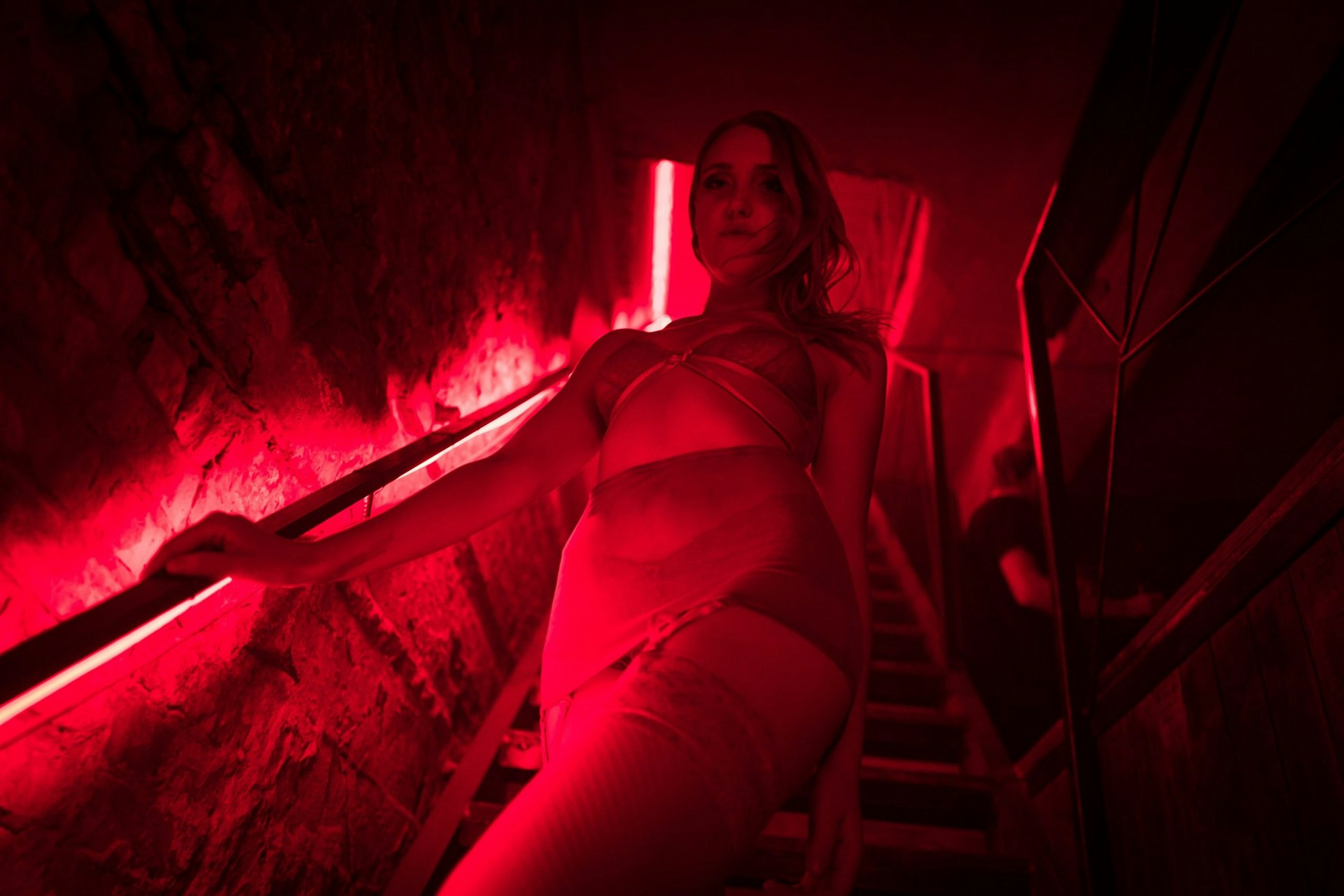 After two years of heavy fighting, in which he witnessed horrific destruction and trauma, Viktor came home to Kyiv in 2016 and struggled to ease back into civilian life. Both he and Ukraine had been forever changed. Viktor bounced between jobs in Ukraine and other Europe- an countries, unable to settle. In 2018, Viktor heard that Ukrainian photographer Anton Shebetko was preparing a photography exhibition called We Were Here, with the aim of over- turning the myth that there were no LGBTQ+ people fighting on the frontlines. Back then, the far-right were ascendant and had legitimised themselves through overstating both their role in the Revolution of Dignity, and in defending Ukraine from Russia’s hybrid war in the Donbas. The far-right managed to shut down the Equality March (Kyiv’s an- severely limited in 2015. Vik- tor says their line was: “This is not the time. We’re at war and you’re talking about gay pride? Faggots cannot be patriots – we must destroy this enemy within.”
After two years of heavy fighting, in which he witnessed horrific destruction and trauma, Viktor came home to Kyiv in 2016 and struggled to ease back into civilian life. Both he and Ukraine had been forever changed. Viktor bounced between jobs in Ukraine and other Europe- an countries, unable to settle. In 2018, Viktor heard that Ukrainian photographer Anton Shebetko was preparing a photography exhibition called We Were Here, with the aim of over- turning the myth that there were no LGBTQ+ people fighting on the frontlines. Back then, the far-right were ascendant and had legitimised themselves through overstating both their role in the Revolution of Dignity, and in defending Ukraine from Russia’s hybrid war in the Donbas. The far-right managed to shut down the Equality March (Kyiv’s an- severely limited in 2015. Vik- tor says their line was: “This is not the time. We’re at war and you’re talking about gay pride? Faggots cannot be patriots – we must destroy this enemy within.”
Viktor knew that was a lie. He was far from the only gay solider but nobody had yet come out publicly. Viktor started shooting with Shebetko, planning to stay anonymous, but during the process he changed his mind: “I knew I was gay and I was fighting, so I was enraged when people called me the inner enemy.” In 2018, he became Ukraine’s first openly gay military veteran. He was soon attacked by the far-right as a fraud and Russian propaganda used his story in an attempt to damage the reputation of the Ukrainian military.
 Viktor decided he had to persuade others to come out too – so his new life as an activist began. In 2018, he started building a private group of gay, lesbian and eventually trans veterans. He created links with journalists and other human rights organisations in Ukraine and abroad, establishing LGBT Military as a public NGO in 2021. “I looked at the sociological data and the military was the most trusted institution in the country,” Viktor says. “As we grew, I began to see how we were becoming an influential tool of social change.” Viktor often attends parties at K41 and LGBT Military officially supported Reyvakh Pride, with Viktor himself joining late in the day.
Viktor decided he had to persuade others to come out too – so his new life as an activist began. In 2018, he started building a private group of gay, lesbian and eventually trans veterans. He created links with journalists and other human rights organisations in Ukraine and abroad, establishing LGBT Military as a public NGO in 2021. “I looked at the sociological data and the military was the most trusted institution in the country,” Viktor says. “As we grew, I began to see how we were becoming an influential tool of social change.” Viktor often attends parties at K41 and LGBT Military officially supported Reyvakh Pride, with Viktor himself joining late in the day.
Still, there was huge resistance. At a 2019 memorial service commemorating the Battle of Ilovaisk, Viktor was attacked by a former friend and comrade – then a priest-in-training who was livid that Viktor’s coming-out had “brought shame” on the battalion. “The event turned into a bloody circus,” Viktor remembers. “But the attack was actually a blessing in disguise. Previously, people had asked me: ‘Why come out? You have no problems in Ukraine. Have sex with whoever you want, just don’t talk about it publicly.’” However, the assault demonstrated to Viktor’s comrades the intolerance gay Ukrainians face every day. “We convinced many to become allies and we have continued to build bridges throughout the military.”
LGBT Military’s network has grown immensely. They have worked with the Ministry of Defence to improve support and understanding for LGBTQ+ servicepeople, including a chatbot to report issues anonymously. They also participated in The Invisible Battalion project, which highlights the role of women in combat. You would struggle to find any other country in Europe or beyond that has made such giant leaps forward in such a short time. Meanwhile, Russia has been going in the opposite direction: state-sanctioned homophobia is a central pillar of Putin’s pitch to establish himself as the vanguard of a nationalist, religious and authoritarian movement fighting for traditional values, against the ‘moral corruption’ of the West.
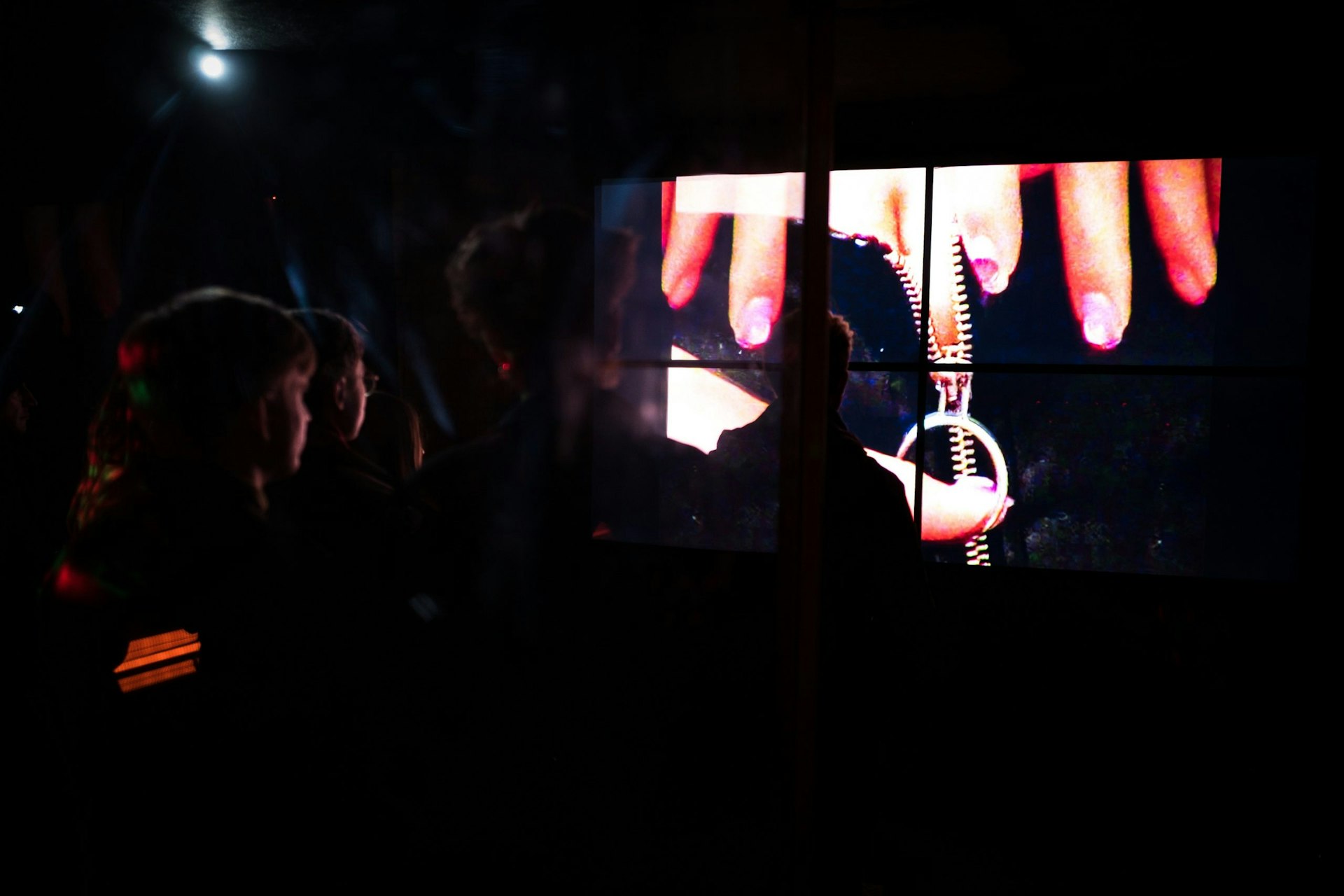 Since the collapse of the Soviet Union in 1991, Ukraine has struggled to develop its own identity distinct from Russia. But the Revolution of Dignity and the annexation of Crimea in 2014 brought a renewed urgency to the question: who are Ukrainians in the 21st century? Looking across the border, Ukraine has decisively rejected the reactionary nihilism, chauvinist imperial nostalgia and paranoid insularity of Putin’s Russia. Seeing Russia’s 2013 ‘gay propaganda law,’ which effectively bans any public discussion of LGBTQ+ issues, most Ukrainians have instead chosen to embrace LGBTQ+ people. This has become a key pillar of modern Ukrainian identity, alongside democracy, anti-corruption, human rights and equality.
Since the collapse of the Soviet Union in 1991, Ukraine has struggled to develop its own identity distinct from Russia. But the Revolution of Dignity and the annexation of Crimea in 2014 brought a renewed urgency to the question: who are Ukrainians in the 21st century? Looking across the border, Ukraine has decisively rejected the reactionary nihilism, chauvinist imperial nostalgia and paranoid insularity of Putin’s Russia. Seeing Russia’s 2013 ‘gay propaganda law,’ which effectively bans any public discussion of LGBTQ+ issues, most Ukrainians have instead chosen to embrace LGBTQ+ people. This has become a key pillar of modern Ukrainian identity, alongside democracy, anti-corruption, human rights and equality.
Ukraine’s conflict with Russia is more than a fight for national self-determination, it’s a fight for universal values, too – underlined by the landslide election of Jewish comedian- turned-politician Volodymyr Zelensky as President in 2019. During his first major press conference in October 2019, Zelensky marked a decisive shift with his predecessors when he said all Ukrainians could freely choose their language, religion and sexual orientation: “Leave those people [the LGBTQ+ community] alone, for God’s sake,” he said.
In a few short years, the legitimacy of the far-right in Ukraine has collapsed. In the 2019 election, they polled just 2.15 per cent and failed to win any seats. Following the removal of Arsen Avakov as Minister of Internal Affairs, they no longer have an ally in the state apparatus. But progressives still have huge amounts of work on their hands. Many on Ukraine’s far-right have failed to recognise that society has changed.
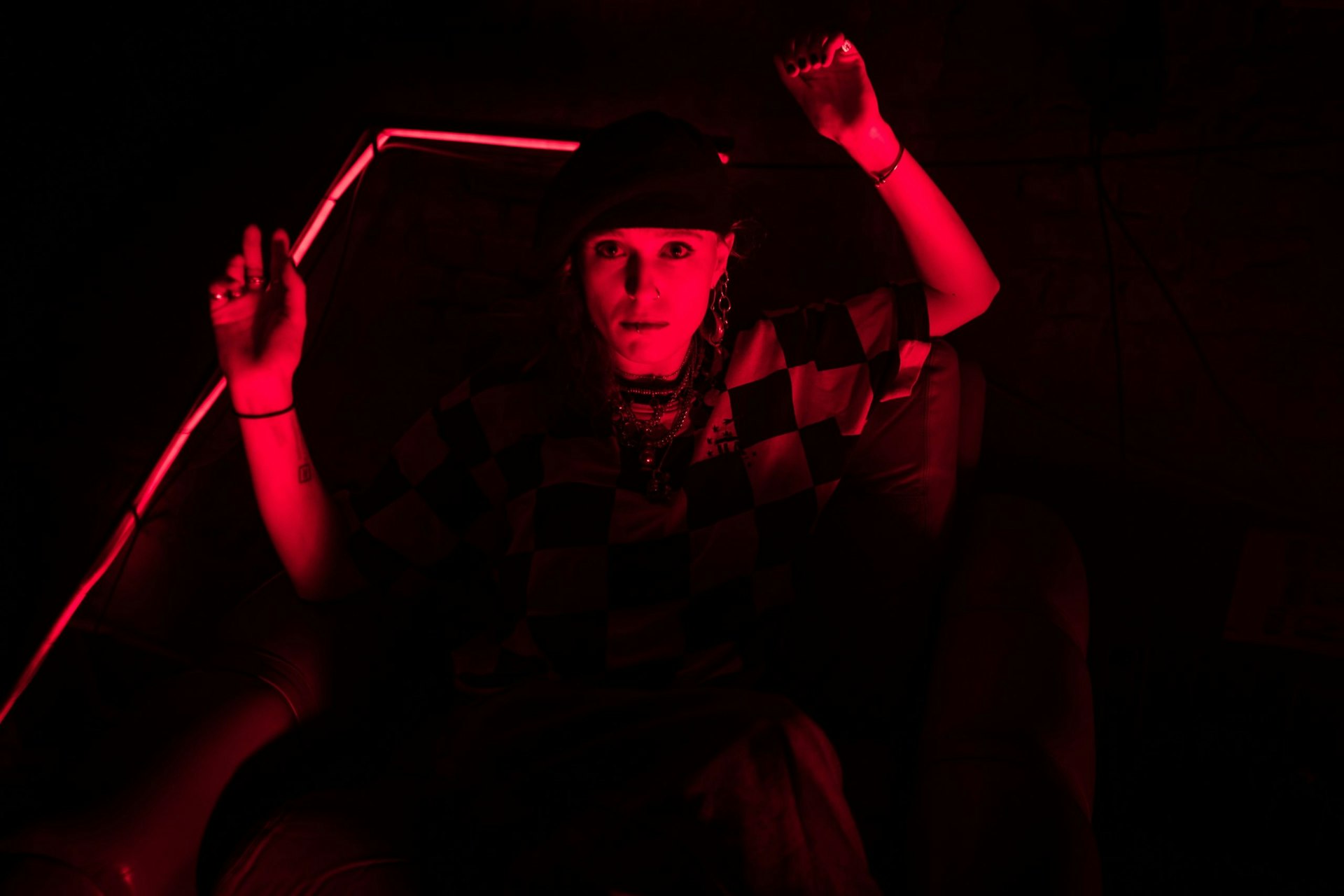 In 2020, the far-right tried to disrupt a screening of four short films about LGBTQ+ soldiers at a community arts space near Kyiv’s medieval Golden Gate. They were promptly repelled. “They expected us to behave like scared sheep but we fought back their attack and they ran away scared they would be beaten or arrested,” Viktor says. “Since we have raised the visibility of LGBT Military, many far-right activists have understood they are doing something wrong and have turned their back on homophobic activities.”
In 2020, the far-right tried to disrupt a screening of four short films about LGBTQ+ soldiers at a community arts space near Kyiv’s medieval Golden Gate. They were promptly repelled. “They expected us to behave like scared sheep but we fought back their attack and they ran away scared they would be beaten or arrested,” Viktor says. “Since we have raised the visibility of LGBT Military, many far-right activists have understood they are doing something wrong and have turned their back on homophobic activities.”
In 2021, Viktor experienced an attempted revenge porn scandal. A “rat” infiltrated a gay soldiers’ Telegram group and published some of the homemade pornography they had been sharing among themselves, in an attempt to blackmail and discredit them. “At first it was shocking to see our private images used against us, but the leaker failed because society forgot about it all pretty quickly,” Viktor says, with a cheeky smile. “We actually laughed about how 14,000 people on far- right channels ended up watching our gay porn.”
Much of the outpouring of support for Ukraine around the world leaves a bitter taste in the mouth for anyone with an understanding of the country’s recent history. Since 2014, the EU has dragged its feet on accession, out of fear of provoking Putin and the potential domestic backlash of another wave of migration from Eastern Europe. The billions Europe has spent on Russian oil and gas in recent years helped build Putin’s extensive war machine. Yet you’d be hard placed to find anyone who has done more than Britain’s political and financial elite to enable the looting of post-Soviet states, allowing the Kremlin to channel illicit wealth through the offshore financial system. They have cuddled up to Russian and Ukrainian oligarchs as they bought up property, newspapers and football teams in the UK. “Russia can only afford its war in Ukraine because Britain helped raise the cash,” explains journalist Oliver Bullough. “Britain is the world’s biggest enabler of financial crime.”
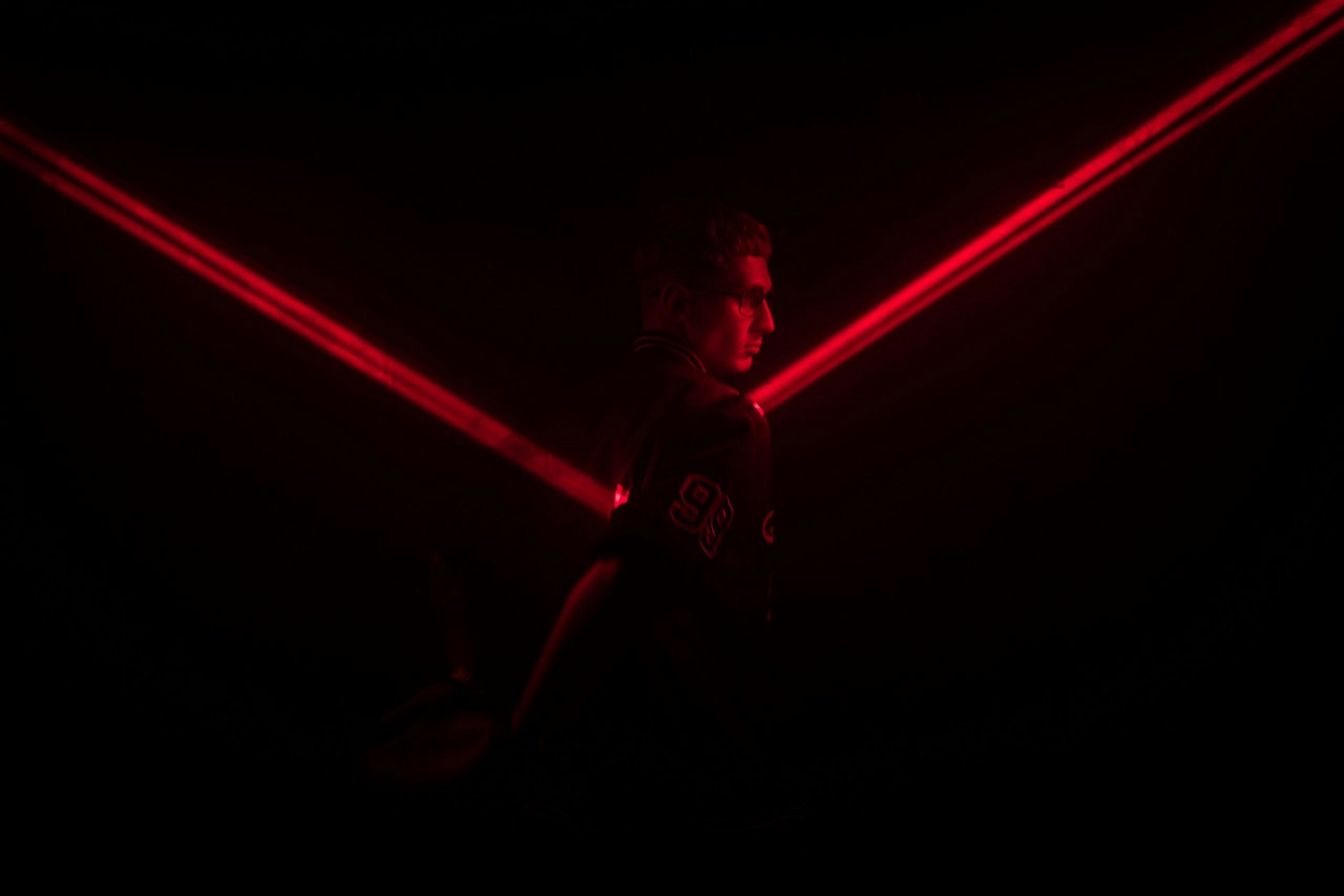 When we speak in 2022, after the Russian invasion, Viktor shares a picture riding on top of an armoured personnel carrier near Brovary, a town outside Kyiv which saw intense fighting before the Russians were eventually forced to withdraw. Sheltering in a deep dugout, he talks to me via voice notes, telling me of his exhaustion as artillery and grad rocket strikes land nearby. Viktor re-enlisted on the day of the invasion and was assigned to the 72nd Mechanized Brigade as a rifleman and paramedic. “We know what we’re doing. We are defending civilians and our own territory, not attacking, so our mood is stable.”
When we speak in 2022, after the Russian invasion, Viktor shares a picture riding on top of an armoured personnel carrier near Brovary, a town outside Kyiv which saw intense fighting before the Russians were eventually forced to withdraw. Sheltering in a deep dugout, he talks to me via voice notes, telling me of his exhaustion as artillery and grad rocket strikes land nearby. Viktor re-enlisted on the day of the invasion and was assigned to the 72nd Mechanized Brigade as a rifleman and paramedic. “We know what we’re doing. We are defending civilians and our own territory, not attacking, so our mood is stable.”
When he served in Donbas, Viktor feared the consequences of revealing his sexuality. Today, being openly gay is no issue at all in his unit. “Everything we have been building brick-by-brick is under threat from this gigantic monster,” Viktor explains, the sadness and fatigue evident in his voice. “We have spent the last years fighting to defend the LGBTQ+ community, for equality for every citizen, and to make Ukrainian society more democratic. Now we’re all in uniform again. Because this is not just a challenge to Ukraine, but to the values we and the civilised world have been fighting for: equality, respect and dignity. European values, anthropocentric values.”
Before he leaves, I ask Viktor for the message he would like to share with the world. “Russian soldiers are dying in their thousands here but they’re taking revenge by killing our civilians, including women and children,” Viktor explains. “The world can stop this killing – this genocide – by closing the sky over Ukraine. We need weapons – tanks, jets, artillery, anti-aircraft and missile defence systems – to defend lives. Europe needs to stop taking corrupt Russian money and stop buying its oil and gas – reject this dependence and comfort.”
3
When it comes to making sense of the complicated place Ukraine finds itself in today, few are better placed than Vasyl Cherepanyn, an academic and co-founder of the Visual Culture Research Centre, which stages numerous conferences, exhibitions and political film screenings, some of which include LGBTQ+ themes and have been attacked by the far-right. In Russia, such screenings could be shut down by the state.
Vasyl co-organises the Kyiv Biennial, an international forum for art, knowledge, and politics. He’s a philosophical voice on contemporary Ukraine: one of the few people calling for nuance and reflection while many in the region are engaging in historical revisionism and the construction of nationalist myths. He describes Ukraine’s struggle as a simultaneous battle for past, present and future. In his introductory text to the 2017 Kyiv Biennial, Vasyl argued that Maidan and other social uprisings of recent years, such as the Arab Spring, were all aimed at a future “utopia”, presenting the “politics of hope” in doing so – but their promise was neutralised by war.
In his view, Ukraine has been battling two counter- revolutions simultaneously. “The first one is external, in the form of Russian military intervention and occupation of Ukrainian territories,” he wrote, “and the second one is internal and no less dangerous – corruption, oligarchy, lack of justice, political assassinations, far-right populism.”
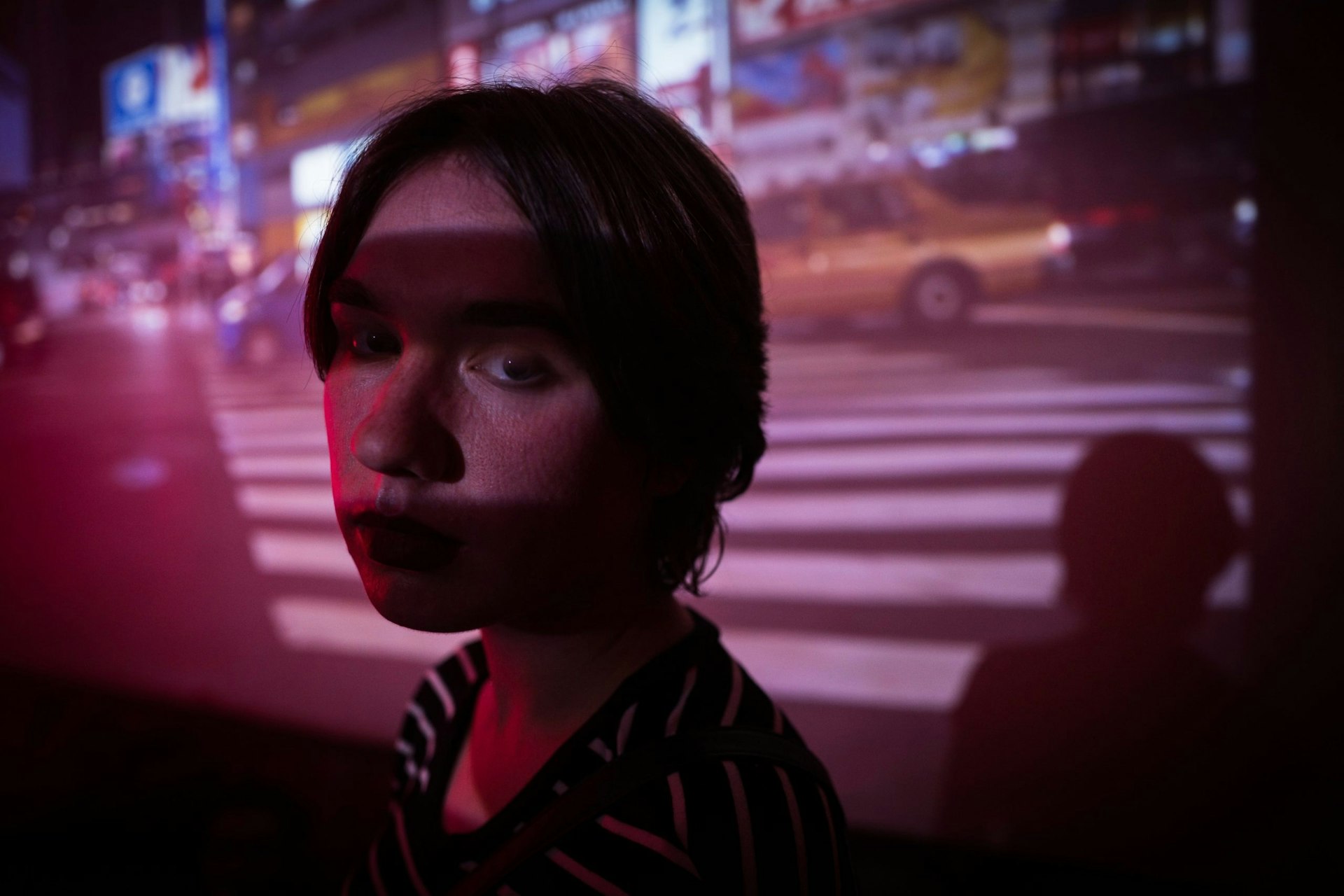 Five years later, Putin’s military is unleashing havoc on a scale previously unimaginable, all across Ukraine. Yet, despite the immense challenges to overcome, the same five years have seen progressive Ukrainians make significant victories in each of these internal battles – especially since Zelensky’s election in 2019 – which of course makes Putin’s latest invasion all the more tragic. But, of course, that is the point.
Five years later, Putin’s military is unleashing havoc on a scale previously unimaginable, all across Ukraine. Yet, despite the immense challenges to overcome, the same five years have seen progressive Ukrainians make significant victories in each of these internal battles – especially since Zelensky’s election in 2019 – which of course makes Putin’s latest invasion all the more tragic. But, of course, that is the point.
You can feel the traces of a revolutionary energy in Kyiv’s nightlife – where fragments of a brighter, more inclusive future are clear to see. You can see it too in the artists and activists who give it life. Coming together to dance for equality is a radical act, in a time of time of borders, barbed wire – and, now, bombs. Those islands of hope were expanding, no doubt. But perhaps they were just an archipelago of utopias? “Now Ukraine itself is a revolutionary sea, the whole country became a Maidan – an armed one of course, but that’s what a real liberation fight requires,” Vasyl says.
Putin is the arch-reactionary, who constructed his power on the foundations of nationalism, Orthodox Christianity, homophobia and imperial nostalgia. His incoherent, historically revisionist justification for the 2022 invasion, which insisted Ukraine is not a real country, was an expression of his nihilistic retreat from any vision or programme for the future. “The past is what remains when the future is over,” Vasyl notes.
 But Putin’s attempts to strangle Ukraine’s future are doomed to fail. Largely because people like Cay exist. They’re a non-binary artist and activist who runs Rebel Queers, a subversive group which paints slogans such as, ‘Gay sex and class war’ or ‘Be Queer, Do Crime, Hail Satan’ on walls around the city. On 19 February, 2022, five days before the Russian invasion, Cay went out to paint on a wall outside K41: ‘Your Dancefloor is Putin’s Battleground.’ It was at once a celebration of the revolutionary and emancipatory energy of dance, art and protest, as well as a wake-up call to the ‘party tourists’ to recognise the weight of threat hanging over Ukraine. In the present moment, as I write this, artillery and air strikes continue to rain down on the country. K41 is being used as a shelter. The words scrawled on the wall outside have taken on another meaning. “A collective cry for queer resistance against the ongoing Russian invasion of Ukraine,” Cay says.
But Putin’s attempts to strangle Ukraine’s future are doomed to fail. Largely because people like Cay exist. They’re a non-binary artist and activist who runs Rebel Queers, a subversive group which paints slogans such as, ‘Gay sex and class war’ or ‘Be Queer, Do Crime, Hail Satan’ on walls around the city. On 19 February, 2022, five days before the Russian invasion, Cay went out to paint on a wall outside K41: ‘Your Dancefloor is Putin’s Battleground.’ It was at once a celebration of the revolutionary and emancipatory energy of dance, art and protest, as well as a wake-up call to the ‘party tourists’ to recognise the weight of threat hanging over Ukraine. In the present moment, as I write this, artillery and air strikes continue to rain down on the country. K41 is being used as a shelter. The words scrawled on the wall outside have taken on another meaning. “A collective cry for queer resistance against the ongoing Russian invasion of Ukraine,” Cay says.
When I first met Cay, back in October 2021, they were wearing a pink balaclava and carrying a can of pepper spray for protection, adorned with a rainbow ‘Make Kyiv Queer Again’ sticker. A few months later, Cay’s partner Andrii is serving in the Ukrainian Territorial Defense Forces, patrolling Kyiv on the lookout for Russian saboteurs, with the very same ‘Make Kyiv Queer Again’ sticker affixed to his rifle stock.
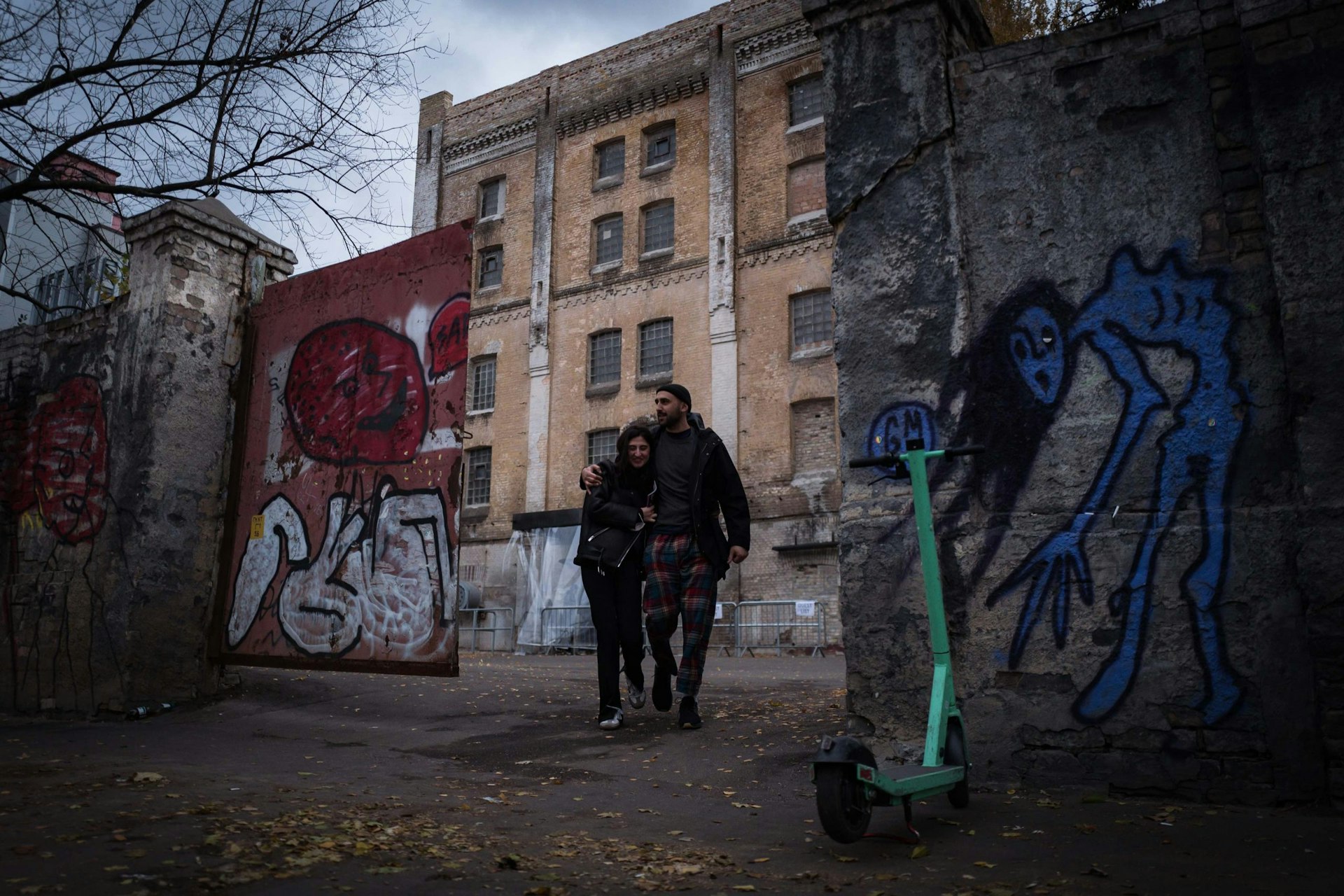 Ukrainians are resisting. Many who had to flee, like Cay, are organising fundraising and solidarity events in the cities they have been displaced to, while others, like Andrii, Viktor and others, have taken up arms. The rainbow sticker has appeared plastered across weapons on social media. The people who danced through the sanctuary of K41 are fighting to protect their homeland, yes, but they’re also fighting for so much more: for ideas, for values, to defend these fragile laboratories of the future. They are fighting to make Ukraine – and the rest of the world – a safer place for all.
Ukrainians are resisting. Many who had to flee, like Cay, are organising fundraising and solidarity events in the cities they have been displaced to, while others, like Andrii, Viktor and others, have taken up arms. The rainbow sticker has appeared plastered across weapons on social media. The people who danced through the sanctuary of K41 are fighting to protect their homeland, yes, but they’re also fighting for so much more: for ideas, for values, to defend these fragile laboratories of the future. They are fighting to make Ukraine – and the rest of the world – a safer place for all.
“War is a poison against the future,” Vasyl says. It’s a fitting reflection. Once the conflict is over, Kyiv’s artists and activists will continue to build and fortify their community and its safe spaces, rather than building barricades. There will be many battles to come, but Kyiv’s fearless will shape their future once again through dance, music, protest and unity, rather than through force of arms. Never stop fighting.
 Get your copy of Huck 75 now, or subscribe to make sure you never miss another issue.
Get your copy of Huck 75 now, or subscribe to make sure you never miss another issue.
Artwork by Anton Shebetko, Zhenya Tramvay, Rebel Queers and a number of other leading queer artists from Ukraine is available to purchase from the Queer Archive Art Shop, with 50 per cent of proceeds going to the artists and the other 50 per cent donated equally to UKRAINEPRIDE and Insight Ukraine, organisations working on the ground to support LGBTQIA+ Ukrainians and Ukrainian refugees.
Follow Alex King on Twitter.
Enjoyed this article? Like Huck on Facebook or follow us on Twitter.
